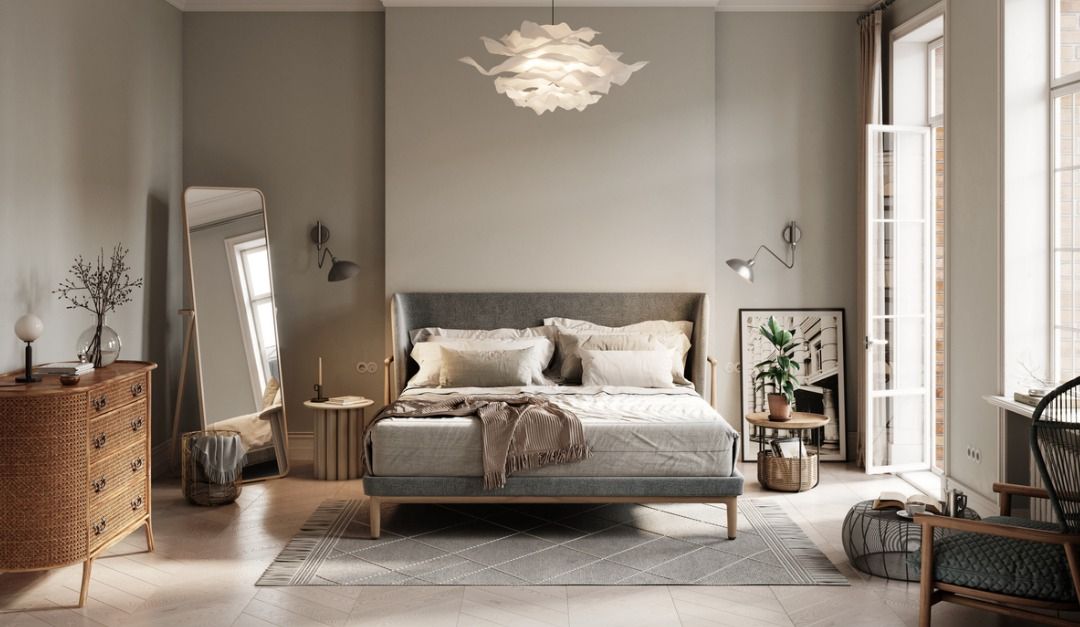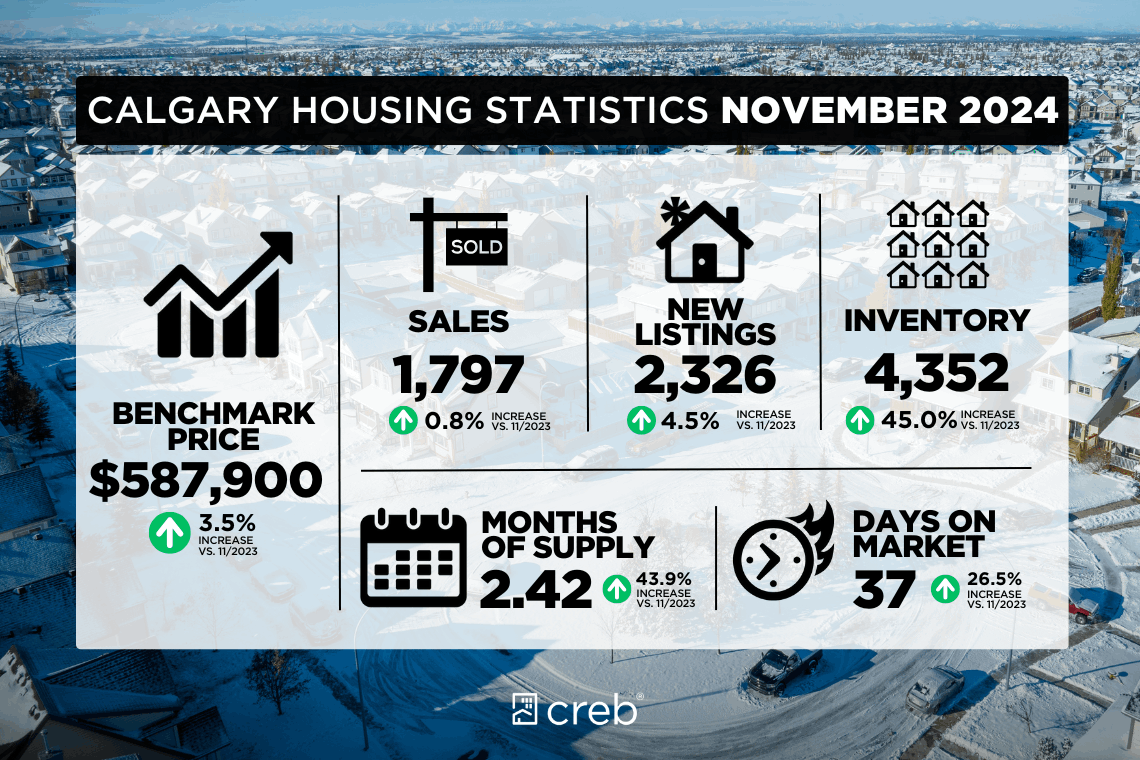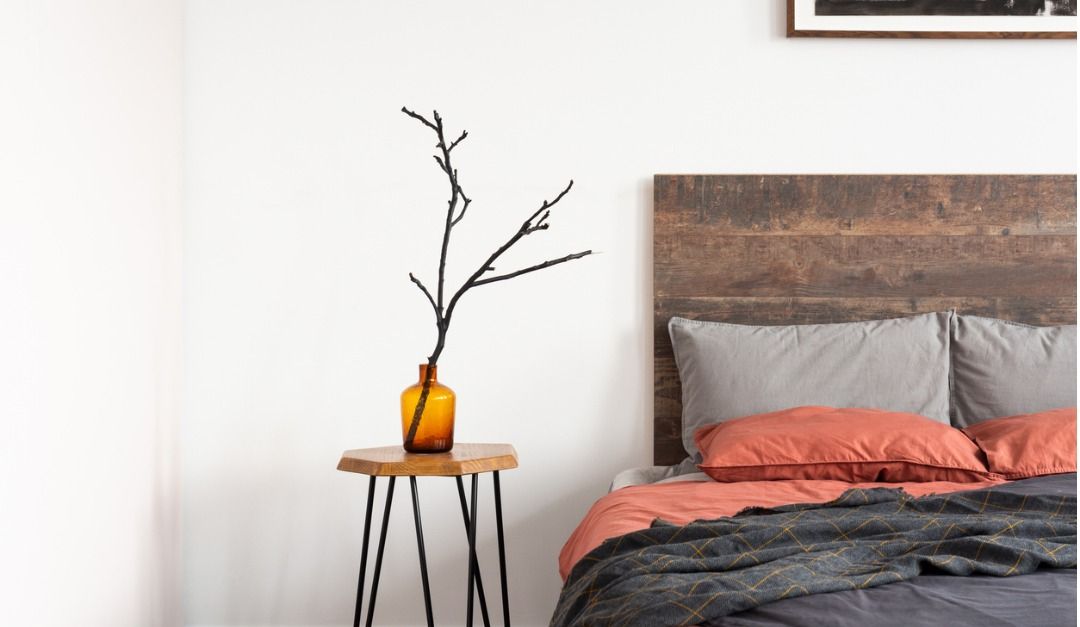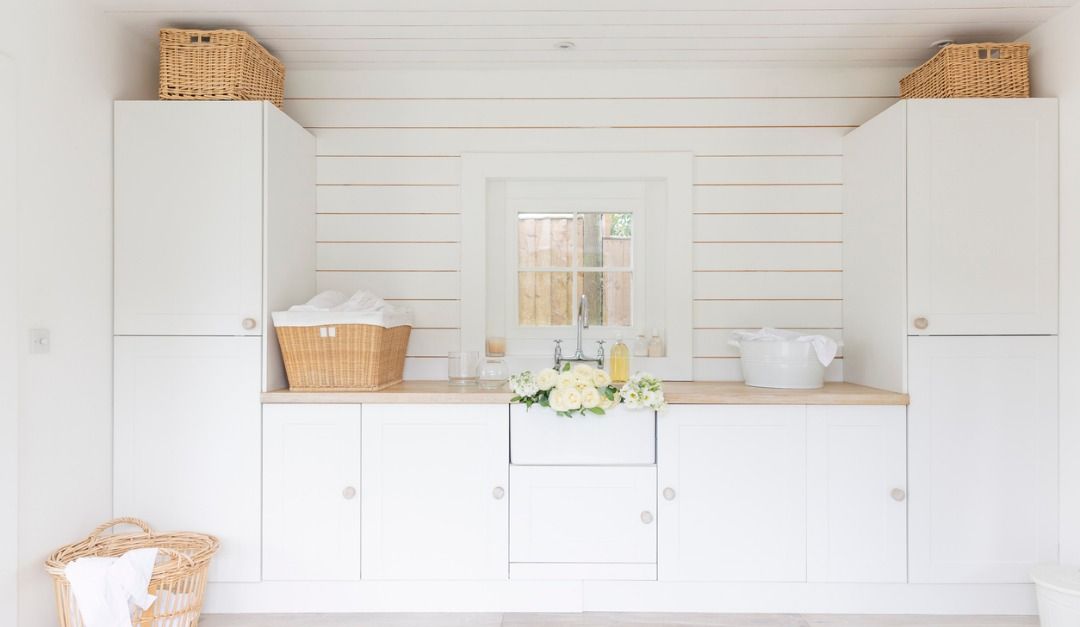
5 Keys to Finding the Perfect Home
Finding the perfect place to live might be easy if you’re set to stay in your hometown forever, but what if you’re more of an explorer looking to live in various parts of the world? Or you grew up in a small town and want to make a home in the city? There are many elements that go into not only

Your Guide to Designing a Bedroom
A bedroom should be a place of solace, rest and relaxation. Creating this space should be intentional, focusing on function and complemented by a soft, calming aesthetic. Designing a bedroom should be an exercise in creativity and purpose. Read on for your guide to creating a bedroom. Eliminate

5 Benefits of Downsizing
Considering moving to a smaller home? Perhaps you’re retiring, or your children have moved out and it’s time for a smaller space. While you might be worried about leaving behind the home you’ve grown attached to, there are many benefits to downsizing. Here are a few. An increase in finances. Thi
Categories
Recent Posts










